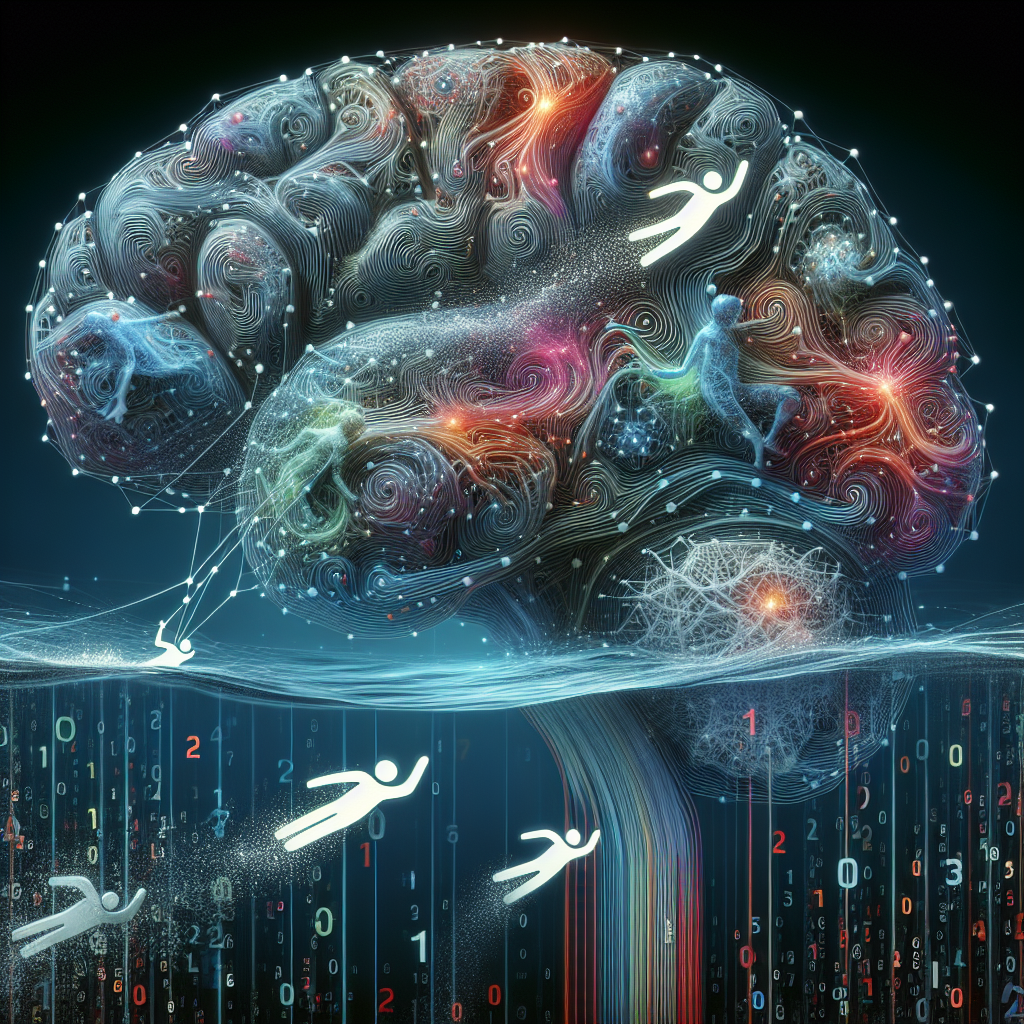Deep learning, a subset of machine learning, has been a groundbreaking technology that has revolutionized various industries. From self-driving cars to personalized recommendations on streaming platforms, deep learning has enabled machines to learn from data and make decisions like humans. In this article, we will explore some key discoveries and innovations in deep learning that have shaped the field today.
Key Discoveries and Innovations in Deep Learning
1. Neural Networks: Neural networks are the building blocks of deep learning. They are computational models inspired by the way the human brain processes information. Neural networks consist of layers of interconnected nodes that process data and learn patterns from it. The discovery of neural networks as an effective way to learn complex patterns has been a significant breakthrough in deep learning.
2. Convolutional Neural Networks (CNNs): CNNs are a type of neural network specifically designed for image processing tasks. They use layers of convolutional filters to extract features from images and learn hierarchical representations. CNNs have been instrumental in applications like image recognition, object detection, and medical imaging.
3. Recurrent Neural Networks (RNNs): RNNs are another type of neural network that is designed to process sequential data. They have been widely used in natural language processing tasks like language translation, sentiment analysis, and speech recognition. The ability of RNNs to maintain memory of past inputs makes them well-suited for tasks that involve temporal dependencies.
4. Generative Adversarial Networks (GANs): GANs are a class of neural networks that are designed to generate new data samples. They consist of two networks – a generator and a discriminator – that are trained in a competitive manner. GANs have been used in tasks like image generation, text-to-image synthesis, and data augmentation.
5. Transfer Learning: Transfer learning is a technique in deep learning that involves leveraging pre-trained models for new tasks. By transferring knowledge learned from one task to another, transfer learning can significantly reduce the amount of data and computation required for training. Transfer learning has been particularly useful in tasks where labeled data is scarce.
6. Reinforcement Learning: Reinforcement learning is a type of machine learning that involves training an agent to take actions in an environment to maximize a reward. Deep reinforcement learning combines deep learning with reinforcement learning to enable agents to learn complex behaviors in environments with high-dimensional input spaces. Deep reinforcement learning has been successful in applications like game playing, robotics, and optimization problems.
Conclusion
Deep learning has come a long way since its inception, with many key discoveries and innovations contributing to its rapid advancement. Neural networks, CNNs, RNNs, GANs, transfer learning, and reinforcement learning have all played pivotal roles in shaping the field of deep learning. As research continues to push the boundaries of what is possible with deep learning, we can expect to see even more exciting developments in the near future.
FAQs
Q: What is the difference between deep learning and machine learning?
A: Deep learning is a subset of machine learning that involves training neural networks with multiple layers to learn from data. Machine learning, on the other hand, refers to a broader set of techniques that enable machines to learn from data and make predictions or decisions.
Q: How does deep learning differ from traditional programming?
A: In traditional programming, developers write explicit instructions for the computer to follow. In deep learning, the model learns patterns from data and makes decisions based on those patterns without explicit programming. This enables deep learning models to generalize well to new data.
Q: What are some applications of deep learning in real-world scenarios?
A: Deep learning has been used in a wide range of applications, including image recognition, natural language processing, autonomous vehicles, healthcare diagnostics, and financial forecasting. Its ability to learn complex patterns from data has made it a versatile technology with diverse applications.
Quotes
“Deep learning is not a silver bullet, but it is a powerful tool that can unlock new possibilities in artificial intelligence.” – Geoffrey Hinton
#Deep #Dive #Deep #Learning #Key #Discoveries #Innovations


